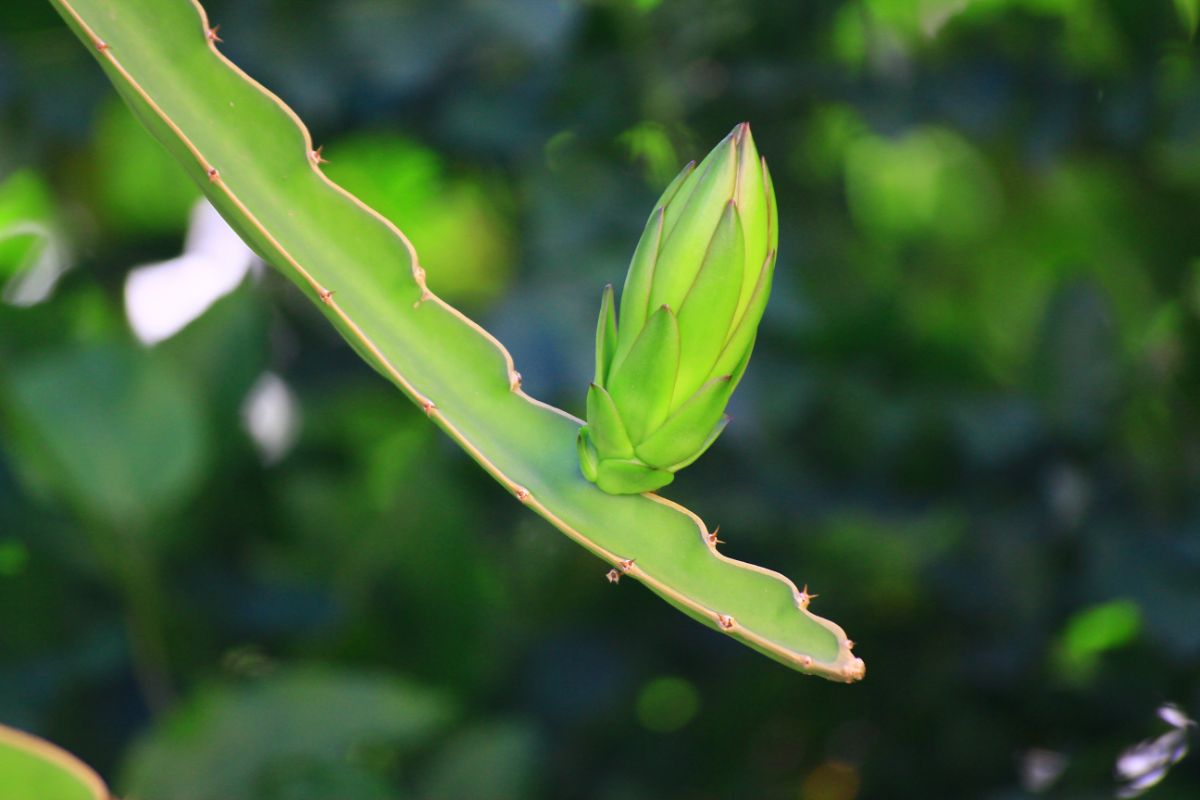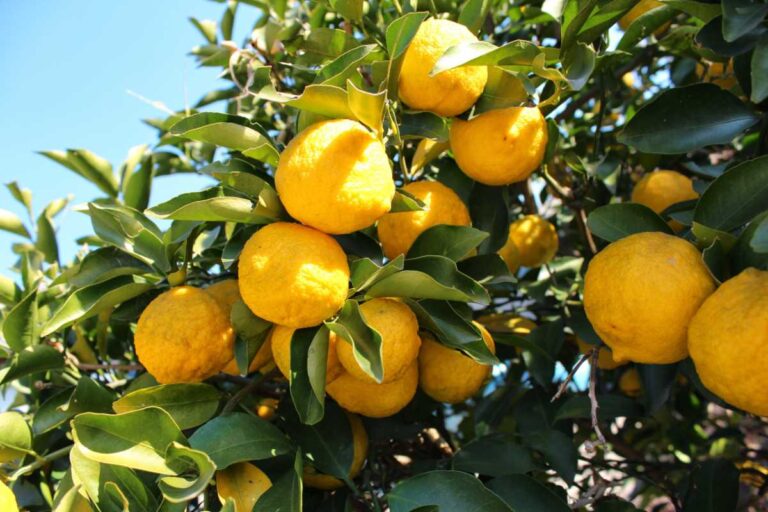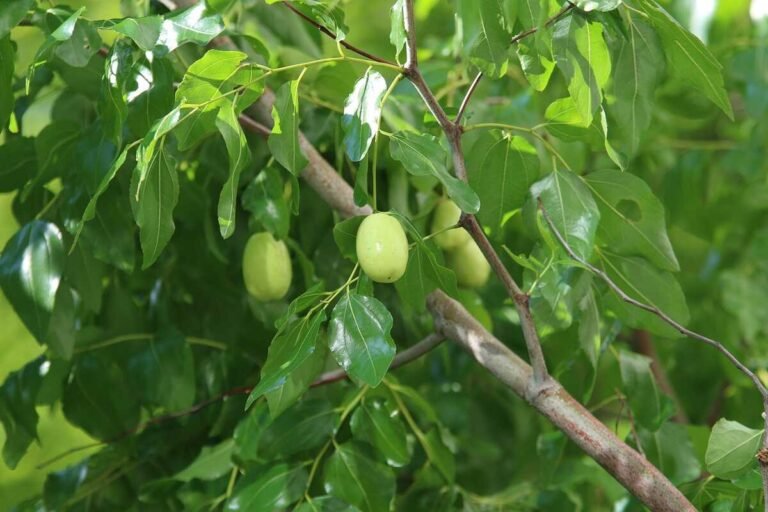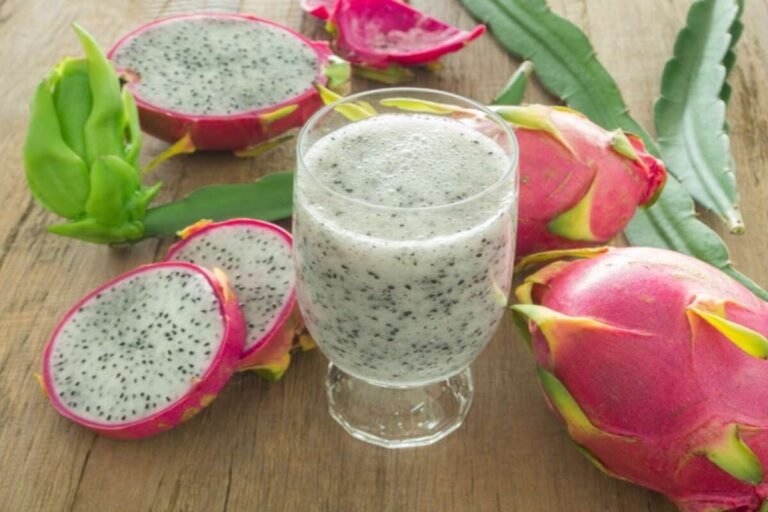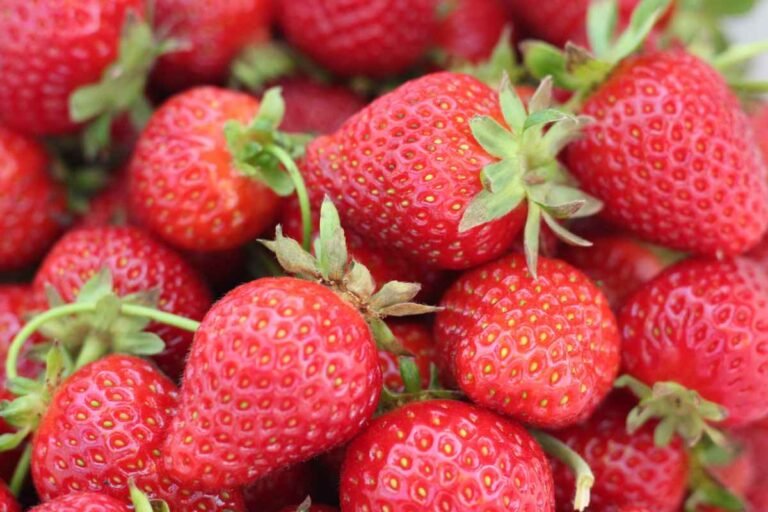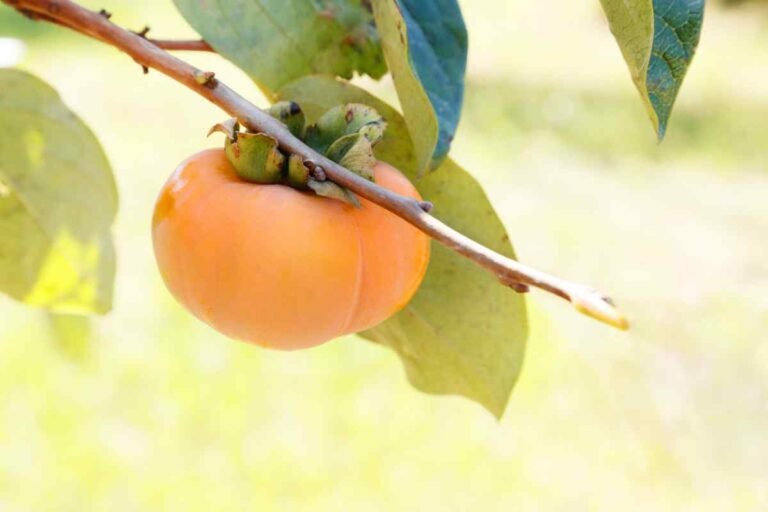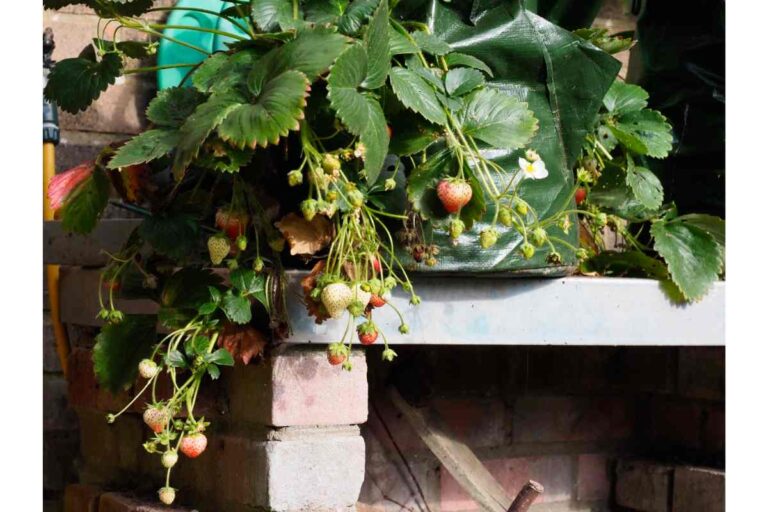How to Grow Dragon Fruit from Cuttings
The dragon fruit plant is a kind of cactus that is native to South America. It is also referred to by the labels Pitaya, Cactus Fruit, Strawberry Pear, and Beauty of the night. While dragon fruit may have an odd appearance, it tastes fantastic in tropical fruit platters and is packed with amazing nutrients. It is simple to grow in most parts of the world as long as you put it in a location that gets at least five to six hours of direct sunlight per day. In this article, you’ll discover how to grow Dragon Fruit from cuttings in a pot or container.
Steps to Grow Dragon Fruit from Cuttings in a Pot
For those who live in cold regions of the world, growing dragon fruit in pots is an excellent option because you can relocate your plant to a warmer location anytime you need to. Here are some simple steps to grow Dragon Fruit from cuttings in a pot:
Step 1: Supply the Materials
Potting Soil, Sand, Fermented Husk, and Manure:
Ordinary potting soil is good for dragon fruit plants. Any loose soil with added sand or perlite can be used as planting media.
Pots:
Pots with a diameter of at least 40 cm or greater.
Pole or a Pipe:
A pole or a plastic pipe measuring 1 to 2 meters in length for the plant’s support.
Cuttings of Dragon Fruit Plant:
Cuttings from a mature Dragon Fruit plant that has started fruiting.
Step 2: Getting the Cuttings Ready
The cuttings need to come from mature plants. It is important to note that cuttings should be prepared from plants that have borne fruits at least three times.
This condition is essentially unavoidable because, if you choose cuttings from young plants, the plants you are planting may take a very long time to start bearing fruit. So pick plant stems that are mature enough and in good health.
Pick a stem that is at least 30 centimeters long. Trim the stem segment’s tip properly. Peel the stem cuttings at the bottom so that just the inner hard stem is left.
Step 3: Getting the Soil Ready
First of all, make a composition by mixing sand, roasted husk, loose soil, manure, and fermented husk in equal proportions. To make the soil more fertile and porous, you can add a little additional manure and sand.
Check the pH of the soil. An ideal pH range for dragon fruit plants is 5.8 to 6.8. You can apply roughly 1 ounce of dolomite lime to the soil to raise the pH and supply calcium and soil minerals.
Dolomite lime, also referred to as Calcium Magnesium Carbonate, works by raising the pH of acidic soil and enriching the soil with minerals and calcium.
Step 4: Plant the Cuttings in a Pot
Place the plastic pipe in the middle of the pot to provide a balanced position and prevent it from falling over easily. The prepared soil should then be added to the pot. If your soil is acidic, you can add around 1 ounce of dolomite. The planting medium should be blended well.
Plant the cuttings next to the pipe. Rootstock should be buried in the ground around 10 cm. The plant stems can be tied to the pipe to spread upward. You can grow two cuttings of Dragon fruit plants in one pot.
Step 5: Watering the Plant
Water the soil once the young plants have been placed till it reaches the bottom of the pot. As a species of cactus that naturally grows in desert environments, dragon fruit plants don’t require a lot of water. It simply has to be watered once or twice a week. The soil must be dry before being watered, and it must be porous for this to be effective.
Step 6: Moving the Dragon Fruit Plant to a Larger Pot
In 2 to 3 months, the stem cuttings will sprout and take root. If you think your plants can be transferred to a larger pot, gently remove the stem cuttings. The cuttings you have taken out are now ready to be maintained in a bigger container till they develop and bear fruit.
A larger pot at least 40 cm in diameter is required to grow dragon fruit plants to maturity. Being vines, dragon fruit plants require longer support (pipe) which should be installed in the middle of the pot.
Step 7: Providing Fertilizer, Manure, and Compost
After the plant has been growing for about two months, NPK fertilizer can be provided. A dose of two spoons (50 grams) of this fertilizer can be applied once every three months.
This fertilizer can be sprayed as deeply as 5 cm around the soil’s surface. Water the area where NPK fertilizer has been applied as soon as possible.
Cow manure is also a preferred fertilizer for many seasoned dragon fruit gardeners. The recommended amount is 9 pounds per mature plant.
Also, provide 5–10 kg of compost every six months. Spread compost over the soil surface of the pot. You can double the fertilizer dosage if the plant is two or three years old.
Step 8: Cleaning Up the Dragon Fruit
Although there are no precise pruning guidelines, you should know that the general rule is to remove branches that are either overly protruding or not producing fruit.
This will assist other plant stem portions to get the nutrition they need to grow and develop fruit more quickly.
Step 9: Harvesting
It will take around a year for it to fully mature, and another year or more for it to start bearing fruit. Dragon fruit may typically be picked five weeks after flowering.
Use plastic gloves to pick the Dragon fruits as it contains thorns.
Pests, Diseases, and Treatment
Anthracnose, Bipoaris cactivora, Cactus “Virus X ” and Botryosphaeria dothidea are the most prevalent pests and diseases that potentially harm Dragon Fruits. Dragon Fruit can rot when attacked by many different types of fungus.
Although Dragon Fruit may attract beetles, ants, and fruit flies, Pitaya has few insect concerns, especially when compared to other crops.
Neem Oil, also known as Margosa Oil, is widely used twice a week to prevent insect problems in addition to fungal pests.

